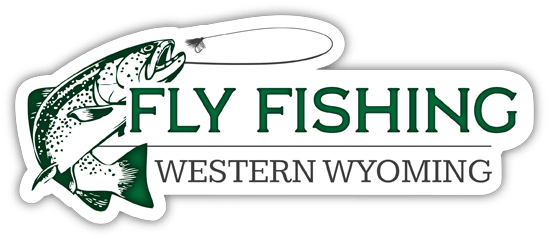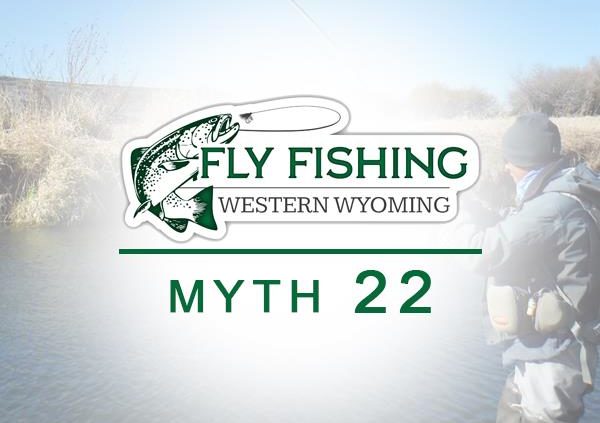Indicator Fishing
Indicator Fishing
“I use a Thingamabobber.”
Before we address the veracity of this statement, let’s discuss various indicators. What I want in an indicator are these properties.
- I can see it in all conditions. Choppy water, glare, distance.
- It floats well and will suspend the rig I am employing.
- It casts well.
- It doesn’t scare spooky fish.
- It adjusts quickly without leaving a kink in my line.
- It is very good at detecting even small movements of the fly.
- It is easy to apply.
- It lands lightly. (See #4 above.)
I simply don’t prefer the “bobber” type indicators. Few of them cast well, some kink the line, some are difficult to adjust, and all of them, to a certain degree, lack sensitivity.
By far, the best of this type of indicator are the ones sold by Steve Vorkapich at FloatMasters.net , or call him at (440) 669-9928. He’s a great guy with some really good products! Steve’s indicators are really easy to apply, float really well, cast relatively easily, don’t kink the leader, and are reasonably sensitive. I use them quite often for those reasons, especially when the water is “dirty” or when fishing very heavy rigs close to me. (During this high water, we are using them exclusively.)
Another system I use quite often is placing a hollow fly line on the leader. This is especially good when the water is clear and fish are spooky. When you need to cast and land delicately, these indicators work really well!
My favorite indicator is made of yarn. You can see how I make it if you go to the FlyFishingWesternWyoming.com website. Under most conditions, it is extremely sensitive, easy to cast, and doesn’t tend to spook fish as it lands gently and looks like down, cottonwood, or dandelion fluff. Its one downfall is that in some conditions it doesn’t float well enough. That is when I use Steve’s indicators.
“I use a couple of beaded nymphs to get the flies down.”
As I wrote about in last month’s blast, the use of beaded flies is suspect for a number of reasons. With two weighted flies, both flies end up close to the bottom – assuming your skills allow you to get them there. Instead, you can use lead or tungsten on the leader which can get you just as deep but with more flexibility. A very important factor is successful nymph fishing is the fly selection. If you are imitating midge or caddis larvae or crawler or clinger mayfly nymphs you do want the flies on the bottom. These and things like San Juan worms and Sowbugs are seldom found more than a few inches from the bottom. If you get lead or tungsten 6” above the fly, your fly will be on the bottom.
On the other hand, during a hatch, or when fishing water with lots of swimming nymphs like Baetis, your flies may well do better in mid-column or even close to the surface. In this case, you may want one fly toward the bottom which imitates an early stage merger, and one fly farther off the bottom that represents a more evolved emerger or even a drowned adult or stillborn.
Adjust your rigging to compensate for these situations. During both caddis and many mayfly hatches, nymphs are swimming to the top. On the Hams Fork, little yellow sallies, PMDs, and all of the blue wing/baetis insects actually are almost fully formed insects while on the bottom! They swim to the top as they expel their exoskeleton. I fish many of these hatches with two unweighted nymphs or emergers and a small split shot.
The top fly in the water column is often a soft hackle or wet fly. The bottom fly is often an emerger or nymph with well-developed wing pads. During a caddis “hatch” where you see flies all over the water, but few fish feeding, it is often because these caddis are diving to lay eggs. You can’t believe how often a lightly dressed Elk Hair Caddis, or diving caddis imitation, fished deep will catch fish! So the take away is that knowing your insects and understanding how to rig and present your nymphs will often be the difference between a really good day and a mediocre or poor day.
P.S. If you want to fish on your own, give us a call for up-to-date water and hatch conditions. We still have a few days open in July and August, and 10 days or so in September, and would love to teach you these techniques! Also, if you have recently been added to our mailing list and would like to read the previous Myths, simply go to flyfishingwesternwyoming.com The Myths are all posted on that site. In addition, we are now on Instagram and have a FaceBook page at Fly Fishing Western Wyoming. We’ll be posting frequent fishing reports all summer. In addition, don’t forget to view our casting videos at:
https://www.youtube.com/channel/UCSrBeg4fBy_us6Hq7JY3CmA.
Fishing Report
It’s still a bit early, but we have been fishing the Ham’s Fork the past few days. It’s impossible to wade across the river as the flow is heavy but fairly clear (check out our Instagram photos). Dylan and I have been using Pheasant Tail Nymphs and midge pupa. We are adding lead and/or tungsten to the leader. We are fishing the edges of the currents and the edges of the river. We sometimes use an egg or San Juan Worm as the second fly.
There are some big midges hatching, but not much else except a few drakes. Streamers are also effective when presented to the banks and at the top of riffles. We are using 300-grain sink tip lines when streamer fishing. The Green is still very high, and we have not fished it. The fish are very spread out and hard to find. It should be ready by early July. We have also taken the drift boat out on Kemmerer Reservoir and enjoyed some good fishing using midges and streamers. The Smith’s Fork is completely blown out. I can’t imagine it will be fishable until mid-July.




Leave a Reply
Want to join the discussion?Feel free to contribute!